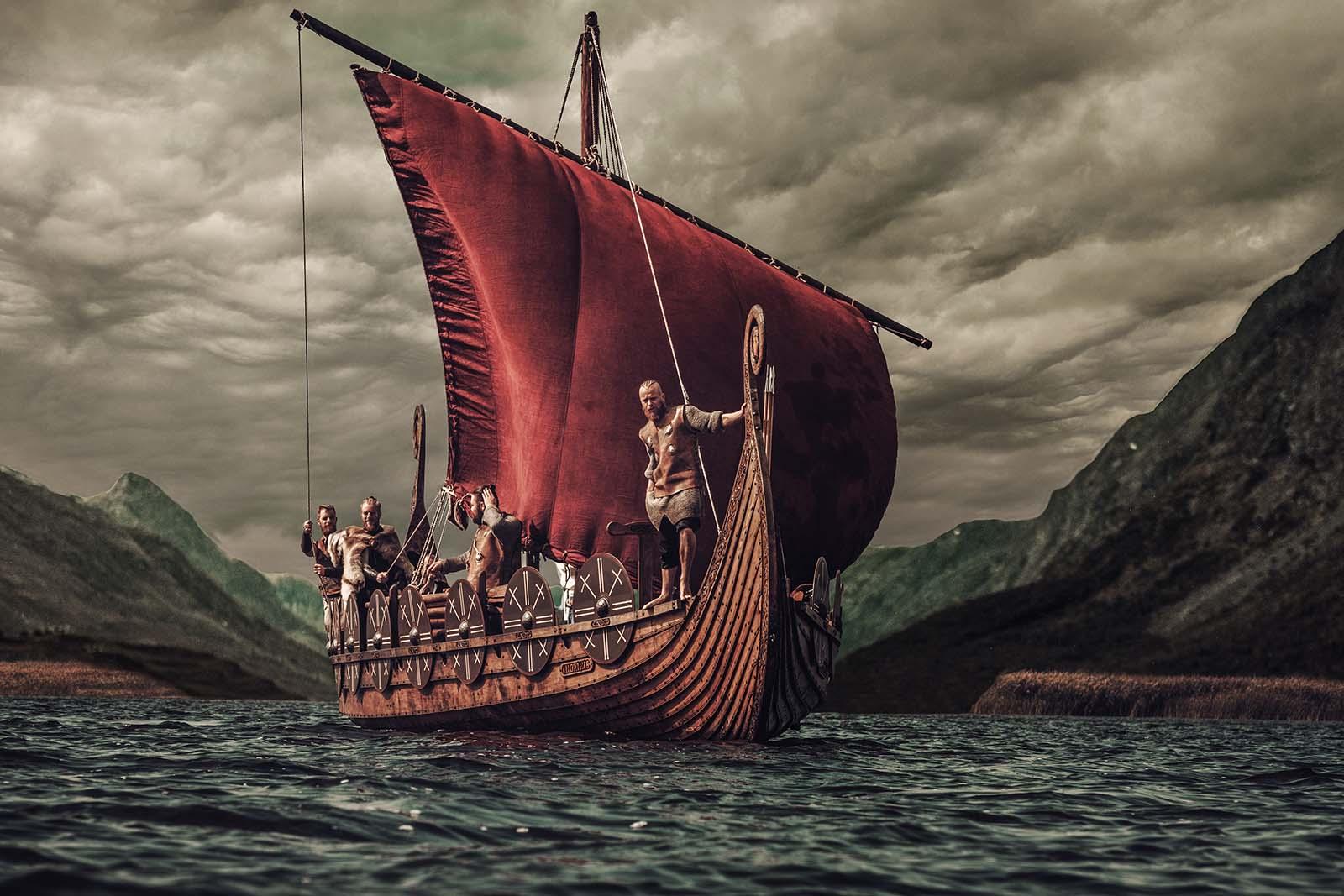Vikings

the vikings: their hidden history
New DNA-based study unveils previously unrecorded tales and stokes controversy.
More than a millennium ago, the Vikings entered the world scene as quickly as their longships cut through the waters. They carried out raids and trade, conquests and settlements. They left their mark on four continents, not just through archaeological sites, but also through the flora and animals, languages, and local inhabitants.
The Viking Age did not survive long — it generally began in the late ninth century and ended in most parts by the early 12th century — but the explorers continue to fascinate us today.
Judith Jesch, a professor of Viking studies at the University of Nottingham, states that the Vikings exemplified the freedom and courage we admire in our heroes. They were daring and enterprising; they were certainly violent, but so was everyone else at the time, and still is now.
Nevertheless, despite their well-documented spirit of adventure, warrior culture, and ingenious shipbuilding, the Vikings still possess their secrets. How they lived, where they traveled, and their true identities remain unknown.
Now, like ship captains setting sail for uncharted lands, researchers are exploring a new era of Viking research. DNA is their guide on this journey.
Recent genetic research have made startling assertions, ranging from who is buried in a renowned Viking grave to how far the Vikings may have gone across the Atlantic Ocean. More study is being conducted, however anyone anticipating definitive conclusions may be disappointed by the outcome.
"Viking is not a genetic term," explains Ellen Ryrvik, a geneticist from the University of Bergen who participated in a groundbreaking genetic study of British Isles groups in 2015. We've assigned them this cultural and historical title.
In addition, the Vikings lacked a unified identity. Populations from the Viking Age in Denmark, Norway, and Sweden possessed distinct genetic characteristics. As Vikings colonized Iceland and interbred with indigenous populations in Ireland, the British Isles, and elsewhere, these genetic patterns evolved. It might be challenging and susceptible to multiple interpretations to separate the various threads.
DNA, however, can provide us with information that we would never otherwise know. Unlike well-known boat burials, in which high-status individuals were buried in a hull with opulent grave goods, animals, and even slaves, "DNA can give you a picture of more common people who could not have afforded the best graves," explains Ryrvik. "It can provide an accurate representation of a population.
She admonishes, "However, you will not obtain as much as desired from DNA." It merely reveals the biological identity of the individual. And even that may raise more questions than it resolves.
serious issues
In September 2014, researchers releasing a report in the American Journal of Physical Anthropology believed they had answered a decades-old question regarding the identity of the person buried in one of the most renowned Viking Age graves. They had no notion that, in fact, they were reigniting a dispute that rapidly escalated into a conflagration.
Bj 581 is the formal designation for the burial at the center of the debate. It is located in Birka, one of Sweden's most significant Viking Age archaeological sites: In addition to being a hub for commerce, the town witnessed almost 3,000 funerals. Particularly notable is the Bj 581. The cemetery, which was discovered in the late 19th century, contained the remains of a single human, two horses, a mini-arsenal of weapons, and other warrior things.
The initial excavators believed that the armed individual who had been buried was a guy. In the 1970s, however, researchers reexamining the remains determined that certain anatomical characteristics, such as the shape of the pelvis, indicated that the skeleton belonged to a woman. Such osteological study is not always conclusive, and the allegation sparked dispute regarding the presence of women in the Viking warrior ranks.
Charlotte Hedenstierna-Jonson, an archaeologist at the University of Uppsala, and her colleagues studied ancient DNA from the remains of Bj 581 to resolve the issue. The decisive conclusions were revealed in a 2017 paper: Bj 581 was female.
In addition to ascertaining her gender, however, the study went too far, according to critics who voiced their opinions via online forums and social media, frequently anonymously. Numerous individuals objected to the study's published title, "Genomic evidence confirms a female Viking fighter." Skeptics contended that the only thing genomics had established was that Bj 581 was female, and that she was buried without any physiological indications of having been a warrior, such as healed combat wounds or bone hardening from years of wielding a sword or ax.
Neil Price, an archaeologist at the University of Uppsala and co-author of the paper, responded to the critiques with a mixture of indignation and bewilderment. "This specific burial has long been held up as a prime example of a powerful male warrior," Price wrote in an email. "Therefore, the fact that the body is female has clear ramifications, not the least of which is that it undermines assumptions."
Price continued, "One of the most fundamental characteristics of a successful researcher is the courage to be incorrect, but criticism must be constructive and well-informed, which was sadly not the case with the majority of social media posts."
Releated Articles